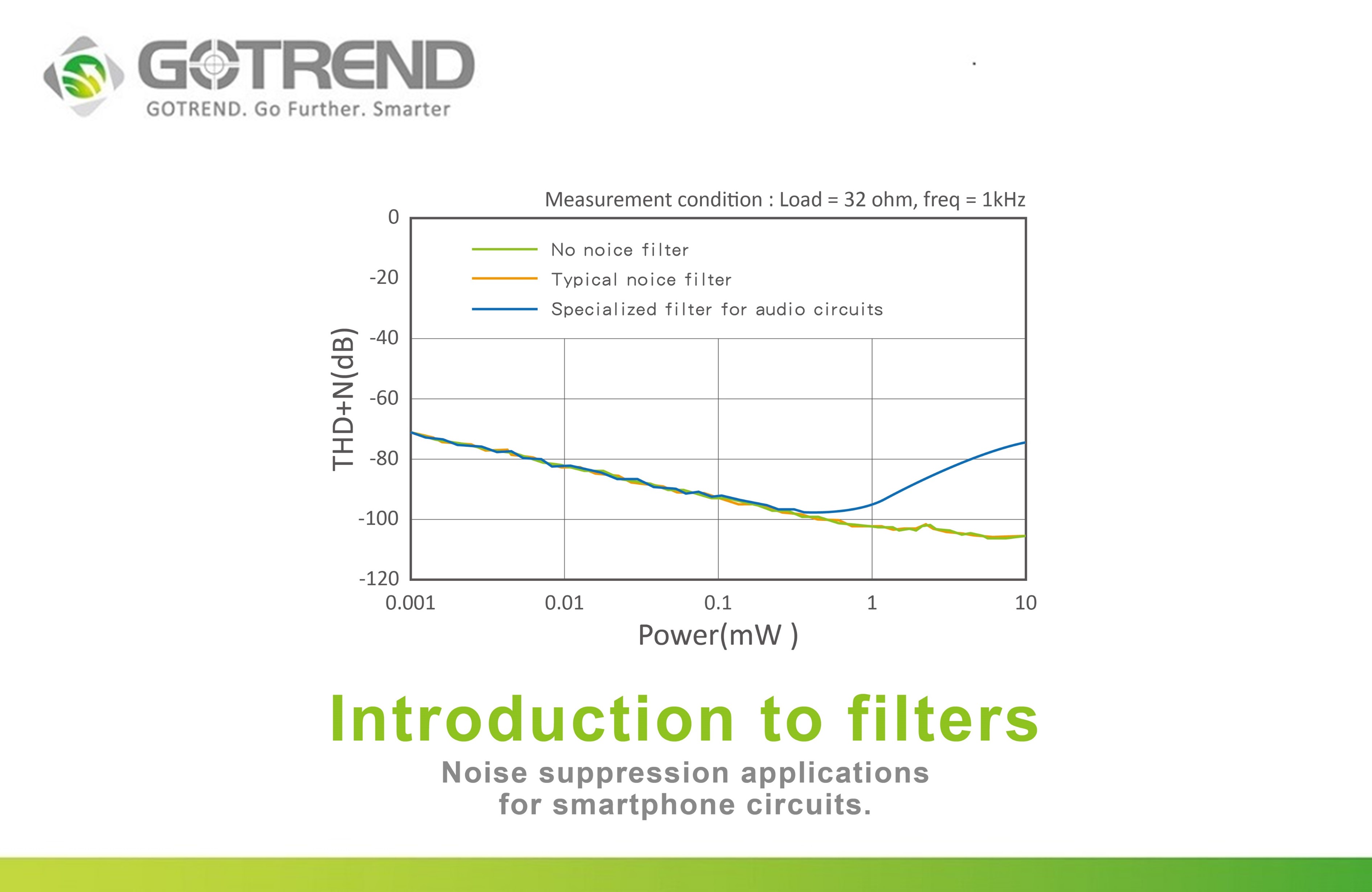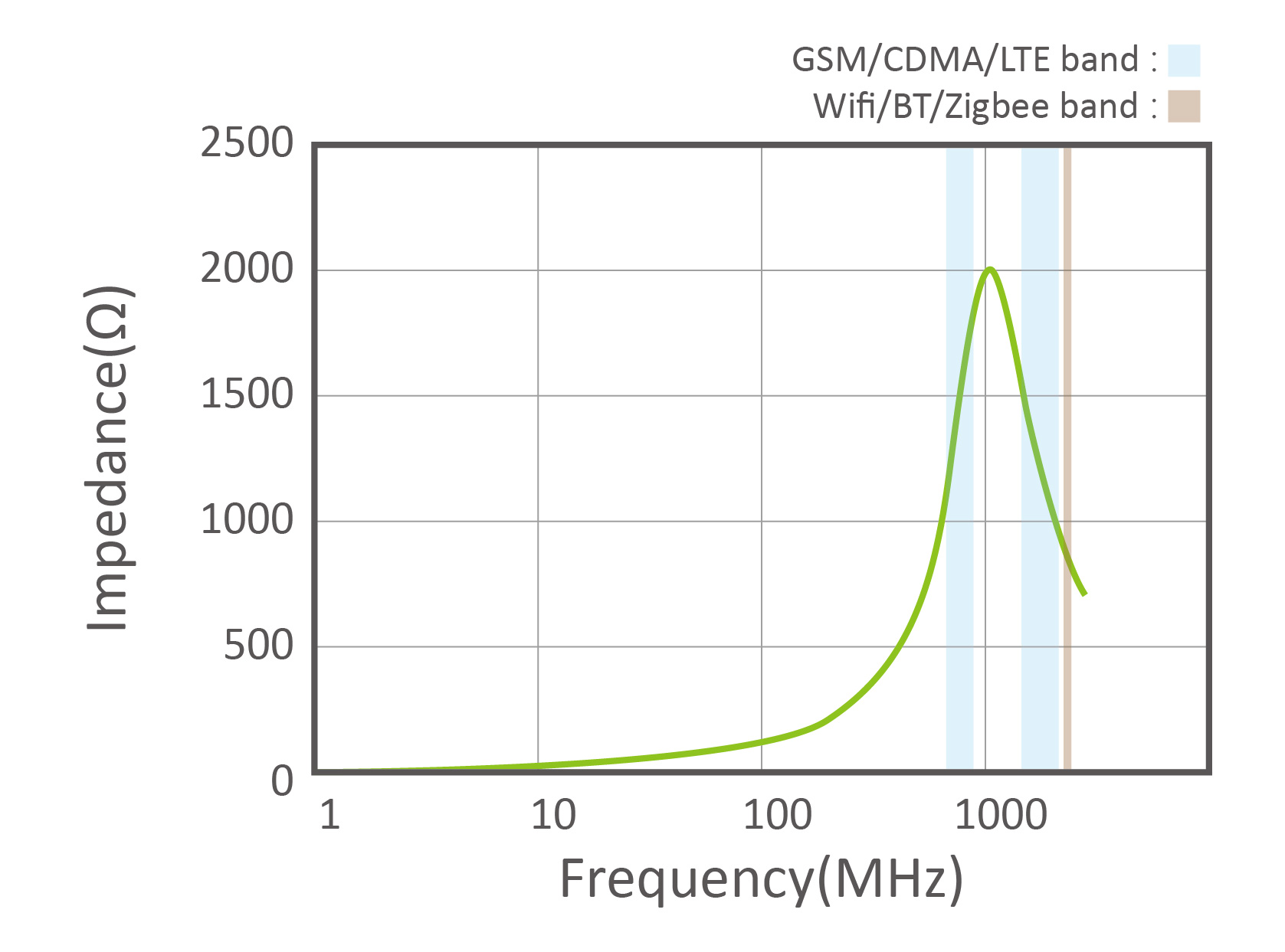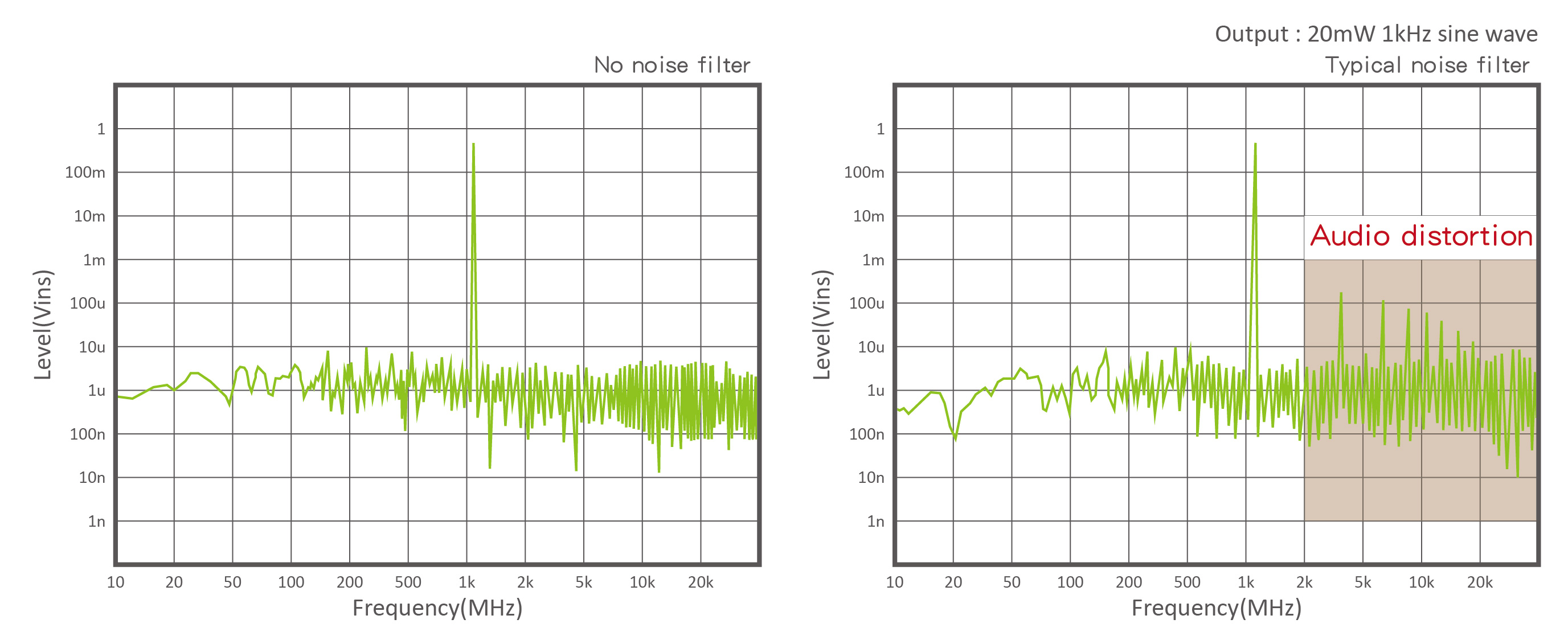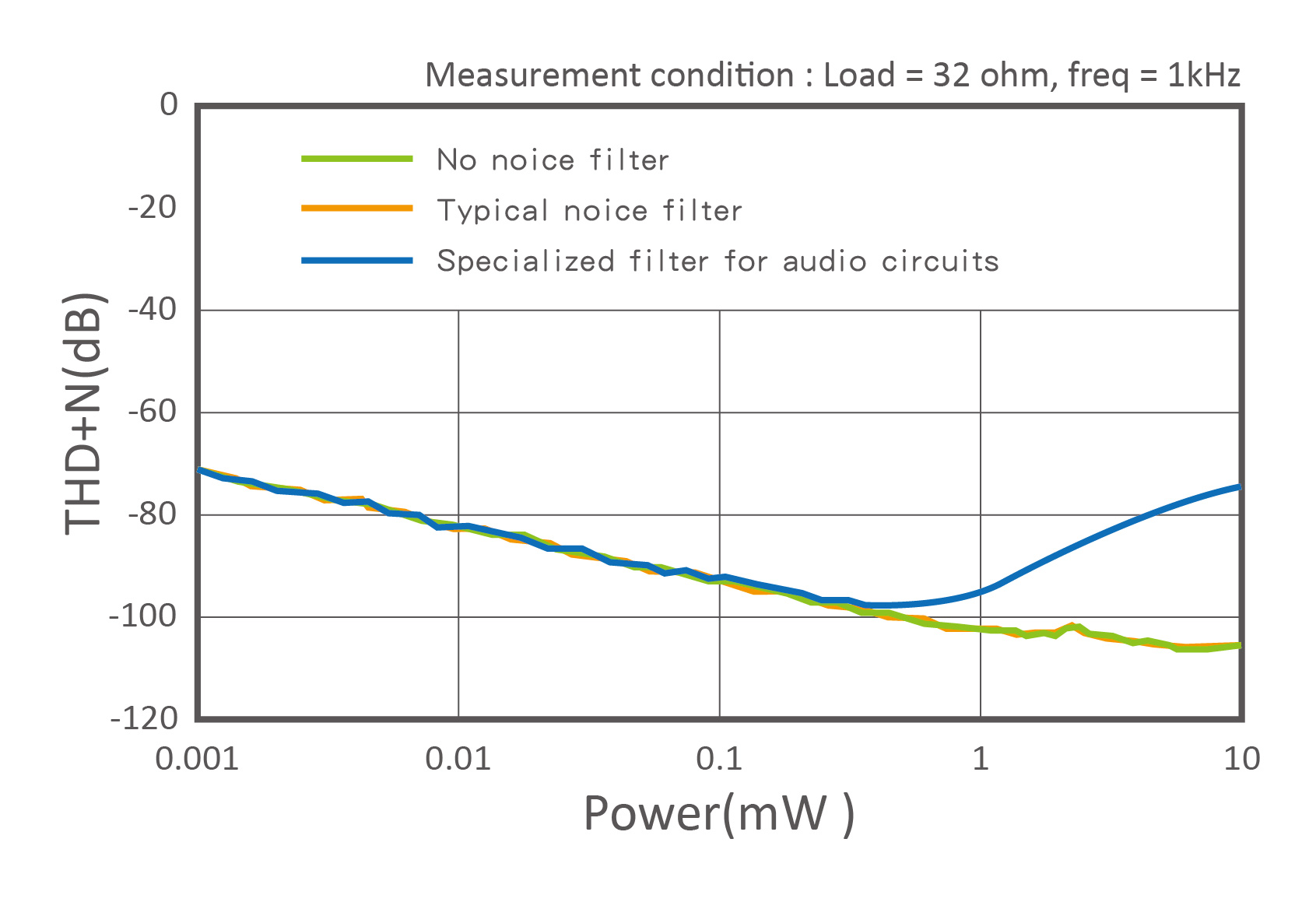Introduction to filters & noise suppression applications for smartphone circuits
![]() 2023.7.26
2023.7.26
 Articles
Articles

1、 What is a filter?
A filter is a device that filters a wave. "Wave" is a very broad physical concept, in the field of electronic technology, "wave" is narrowly limited to describe the process of the value of various physical quantities fluctuating over time.
This process is converted into a time function of voltage or current through the action of various sensors, which is called the time waveform of various physical quantities, or signal. Because the independent variable time is continuous, it’s called a continuous time signal, and it’s customary to call it an Analog Signal. It is possible to express the original signal without losing any information by using only the sample values of the original analog signal at a series of discrete time coordinate points.
The concepts of waves, waveforms, and signals express the variations of various physical quantities in the objective world. With the development of modern society, smartphones have become indispensable electronic products in people's lives, serving as carriers of various information.
Mobile phone information needs to be propagated, relying on the transmission of waveform signals. Mobile phone signals in every link of its generation, conversion, transmission may be distorted due to the presence of environment and interference, and even in quite a few cases, this distortion is still very serious, so that the mobile phone signal and the information it carries are deeply buried in the noise.
2. Noise filter to improve suppression sensitivity
One of the communication performance indicators of cellular and wireless LAN communication is the C/N ratio, which is the ratio of carrier power to noise power.
In this formula, if the carrier power is fixed, it means that the noise power becomes smaller and the communication performance ratio becomes larger.
If the noise generated inside the smartphone interferes with the antenna, the reception sensitivity will be reduced and the communication quality will be reduced. Therefore, it is necessary to increase the C/N ratio, that is, to suppress noise through noise filters.
The performance of noise filters requires high squelch characteristics in each communication band. In order to achieve this requirement with an inductor-type squelch filter, it is desirable to have a wide selection of inductance values that include only the wireless band.

Figure 1、Impedance characteristics of noise filters of each communication band class and inductor-type suppressor
3. Noise filters that affect audio quality
Recently, there has been an abundance of audio sources available online that exhibit high resolution, providing a wealth of information such as the richness, intricacy, depth, and clarity of the sound.
As a result, smart phones require better audio quality as a playback device.
As shown in Figure 2, the problem with the typical noise filter is that it distorts the audio signal waveform and causes audio distortion to occur. In order for a smart phone to provide high-quality playback, it requires a noise filter with as little audio distortion as possible within the frequency bands that are actually used.

Figure 2、 Audio distortion due to noise filters
The degree of distortion in an audio signal is generally expressed as the value of THD+N (Total Harmonic Distortion + Noise) , where the audio quality improves as the value gets smaller.
Figure 3 compares the THD+N characteristics for a typical noise filter and a specialized noise filter for audio circuits. The specialized noise filter for audio circuits exhibits the same characteristics as when no noise filter is used, which means that the impact on audio quality is minimized.

Figure3、 Audio distortion characteristics (THD+N characteristics)
▶ As the audio circuits of smart phones continue to develop to high quality and large output, the higher and higher quality of digital information processing will cause electromagnetic interference problems on various communication circuits, and the design difficulty of smart phones will continue to increase.
For this reason, the following two points are important when it comes to the performance of noise filters required for audio circuits.
• They must possess high impedance characteristics in the communication bands to improve the degradation of receiver sensitivity.
• They must possess superior audio distortion characteristics (THD+N characteristics) out of consideration of the impact on audio quality.
4、 The noise filters recommended for audio circuits are shown in Table 1 and Table 2.

Table 1、 Noise filters recommended for audio circuits (earphone line) 【GBD-SERIES】

Table 2、 Noise filters recommended for audio circuits (loud speaker)【GBD-SERIES】、【GTH-SERIES】
Related articles :
• Evolution of Molding Inductor-Low Impedance, High Saturation Current 【GSNH Series】
• APPLE MagSafe tangle dancing with Qi2 MPP
• What is transformer leakage inductance? What is sandwich winding?
 GOTREND Technology Co.,Ltd
GOTREND Technology Co.,Ltd


